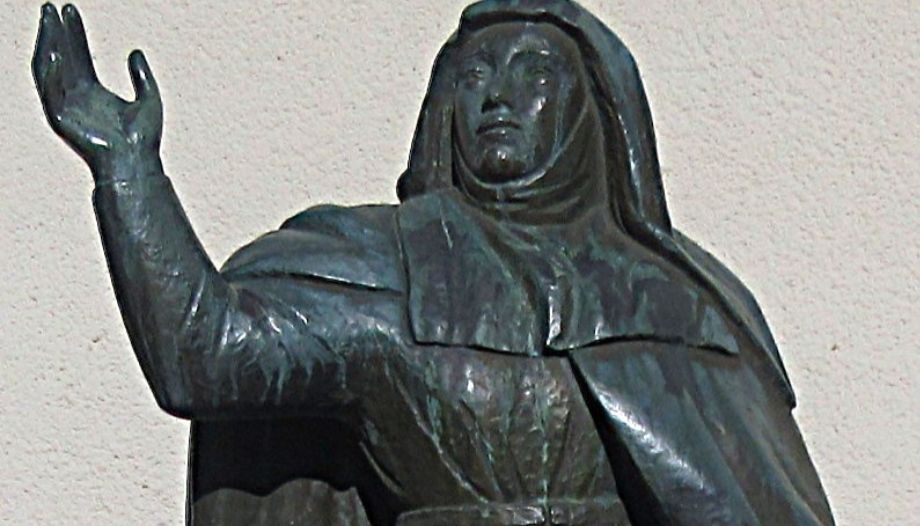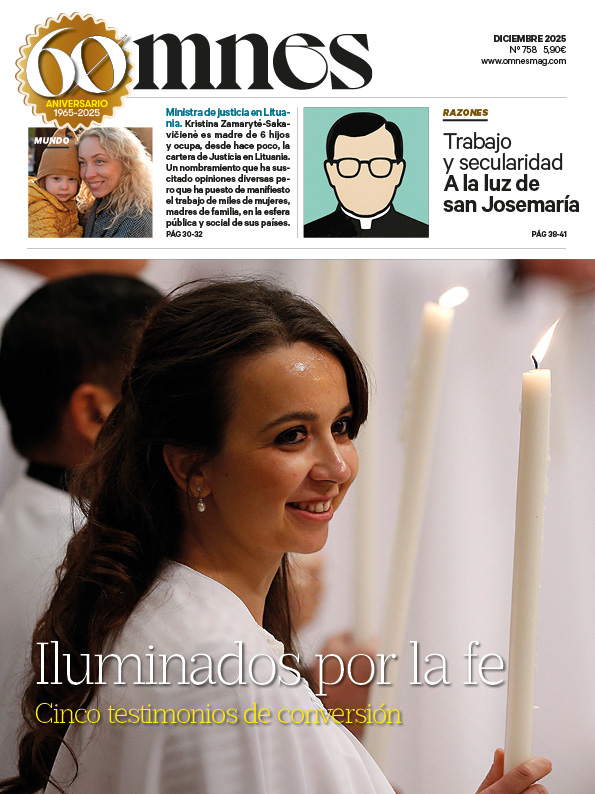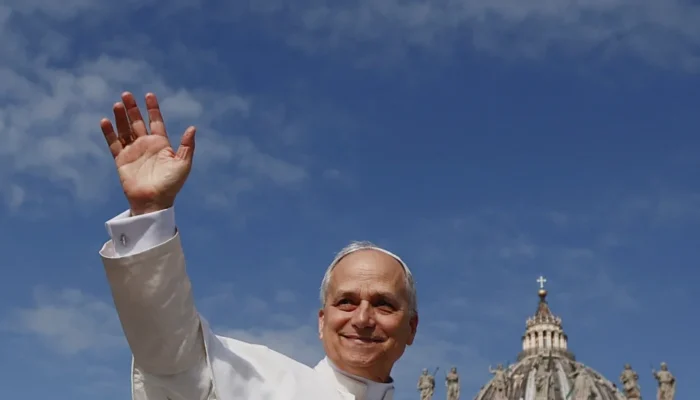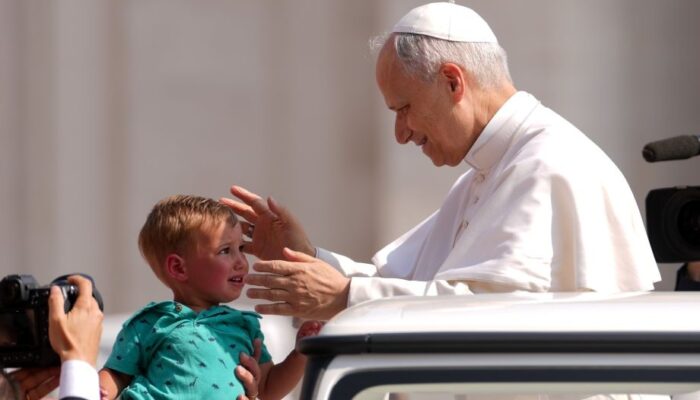Benedict XVI dedicated a General Audience in October 2010 to St. Bridget of Sweden, co-patroness of Europe, solemnly canonized by Pope Boniface IX in 1391. In his own wordsThe then Pope referred to "the holiness of Bridget," which "makes her an eminent figure in the history of Europe. Coming from ScandinaviaSt. Bridget testifies that Christianity has deeply permeated the lives of all the peoples of this continent.
Pope Benedict XVI pointed out that "in declaring it co-patron saint of EuropePope John Paul II wished that St. Bridget - who lived in the 14th century, when Western Christianity was not yet wounded by division - would intercede effectively with God to obtain the long-awaited grace of the full unity of all Christians.
"For this same intention," he added, "so important for us, and so that Europe may always know how to nourish itself from its Christian roots, we wish to pray, dear brothers and sisters, invoking the powerful intercession of St. Bridget of Sweden, faithful disciple of God, co-patroness of Europe."
Marriage, "the path to sanctity".
"We can distinguish two periods in the life of this saint. The first is characterized by her status as a happily married woman," Benedict XVI said. Her husband's name was Ulf and he was governor of an important province in the kingdom of Sweden. "The marriage lasted twenty-eight years, until Ulf's death. Eight children were born, the second of whom, Karin (Catherine), is venerated as a saint." This reveals, in the opinion of the Germanic Pope, an "educational commitment of Brigida towards her children".
This first period of Brigida's life "helps us to appreciate what today we could define an authentic 'conjugal spirituality': "Christian spouses can walk together a path of holiness, sustained by the grace of the sacrament of Matrimony," he said at the Audience.
"May the Spirit of the Lord also stir up today the holiness of Christian spouses," the Pope said, "to show the world the beauty of marriage lived according to the values of the Gospel: love, tenderness, mutual help, fruitfulness in the generation and education of children, openness and solidarity towards the world, participation in the life of the Church."
The Disclosures
When Bridget became a widow, she began the second period of her life. She renounced other nuptials to intensify her union with the Lord through prayer, penance and works of charity, Benedict XVI explained. "Christian widows, too, therefore, can find in this saint a model to follow."
"Brigida, after the death of her husband, after distributing his goods to the poor, although she never acceded to religious consecration, settled in the monastery Cistercian monastery of Alvastra. It was there that the Disclosures divine, which accompanied her throughout the rest of her life". She is known for her messages to the Popes to return from Avignon to Rome, as she did. St. Catherine of Siena. In 1391, Pope Boniface IX solemnly canonized her.







